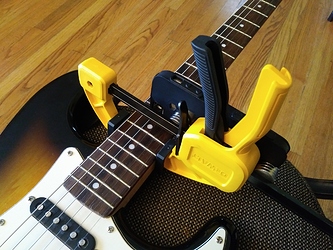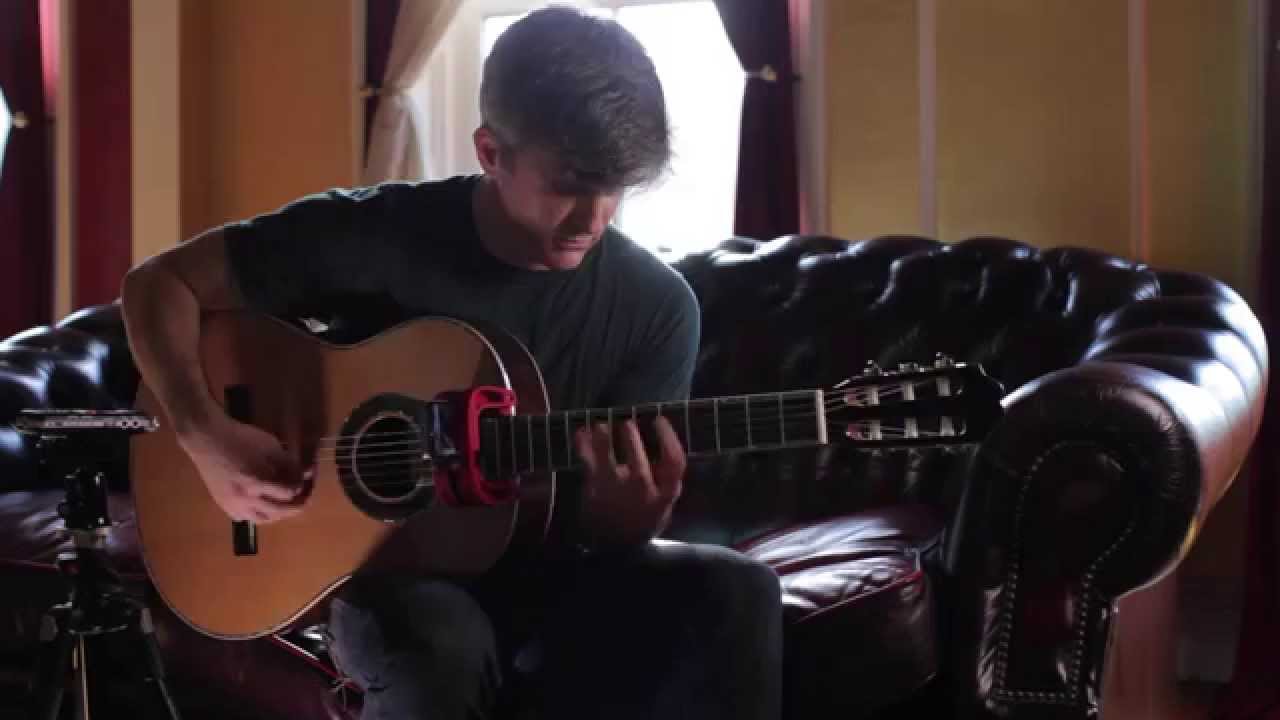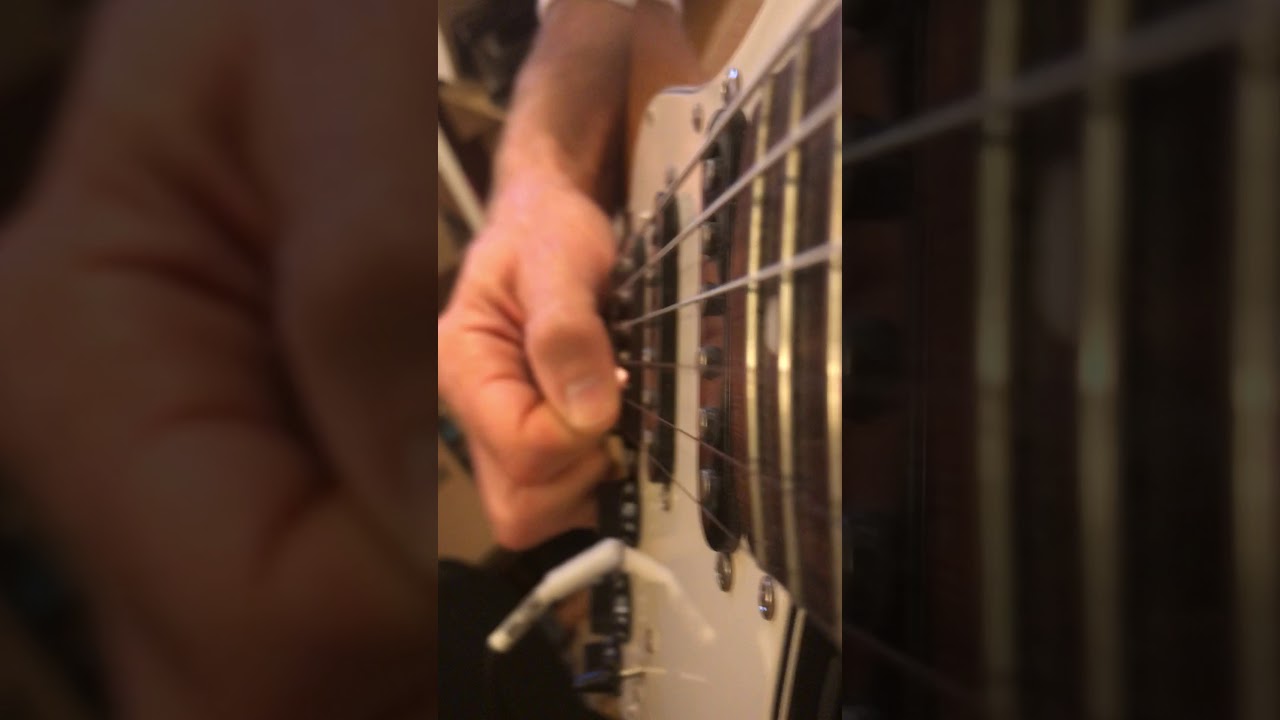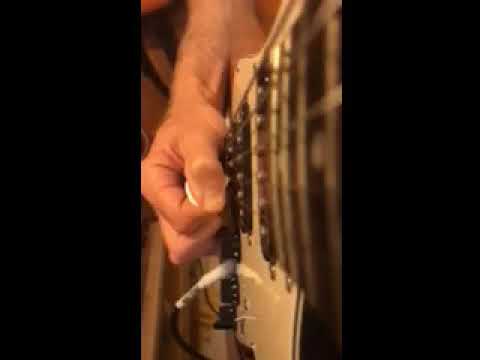Tommo - thanks for the encouragement. Hope it’s true what they say, that the first step to recovery is admitting you have a problem;)
My trusty Korg TM-50 tells me that I can tap in excess of eighths at 200 bpm. Btw, that’s even when immobilizing my elbow so that all the motion must come from the wrist.
Johannes, thanks for your point about single vs. double escape. I intend to come back to that…
Troy, I was in fact inspired by the Magnet! There are great posts in the Gear section of the Forum which I used to guide me in rigging this thing, below. (Go for the ~100 lb. clamp if you’re interested; costs around $10, much more stable than the smaller ones):
And now, with head hung low, voice barely a whisper… Yes, this is my fastest picking. And no, I haven’t had much in the way of lessons. (Took four from a conservatory grad. I did want his input on technique; he was of the ‘there’s no wrong way’ school… probably why I stopped taking his lessons.)
I have a pretty regimented practice routine, informed by a lot of reading of people like Philip Johnston, Bob Duke, Harnum, every method book I can get my hands on (I’ll take out 10 or more from the library at a time - metro libraries with inter-library loan programs are terrific resources for music books). I’m very into the ‘deliberate practice’ thing. So one of the many things I pay attention to is how I’m spending practice time, and that’s how I know that my ‘flight hours’ at this point are around 3000 - all of it, regrettably, with this motion (unless of course I’m fingerpicking).
[I could see, watching other players, that they were doing something different than what I was doing. I had come to the erroneous conclusion that they must be only using like a 1/2 mm of pick, the very tip of the tip… before I came to CTC.]
It feels to me, from what I’m reading here, like I have to desist from ALL single-note (as opposed to rhythm or fingerstyle) playing at this point and just focus on a more lateral (deviated) wrist motion. If instead I were to work on the wrist some of the time, while also doing scales & arps, songs, even notes-on-the-fretboard memorization work - but without effective motion - I’ll just be reinforcing my hopping problem.
So even if that means I spend the summer wearing out my G string - gotta do what I gotta do. Agree?









